World War 2 Lancaster Home Guard soldiers came from all walks of life
and live on Freeview channel 276
The 4th County of Lancaster (South Lonsdale) Battalion was a grouping of units in the rural areas outside Lancaster itself.
The 4th Battalion was established at the Police Station in Skerton in mid-1940 and its first commander was Colonel Bois DSO, MC, whose death the Guardian sadly reported in January 1942.
Advertisement
Hide AdAdvertisement
Hide AdColonel Bois joined the King’s Own in 1901, serving in South Africa, and in the Great War commanded the 2nd Battalion of the Regiment, which he was to do again in the early 1930s.
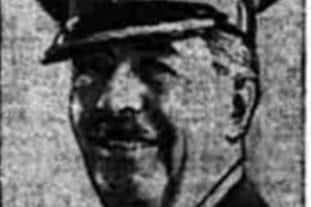

He retired in 1938 but like so many was called upon again to command Home Guard units.
The rough organisation in 1943 was as follows: (note the areas are very approximate)
A company - Morecambe
B Company - Hornby
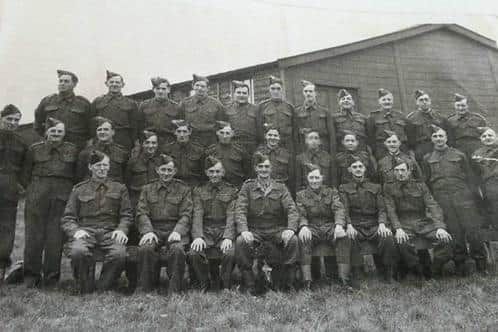

D Company - Carnforth
E Company - Heysham
F Company - Galgate
Units were also created to guard Carnforth Railway Junction, Heysham Harbour and the Trimpell works.
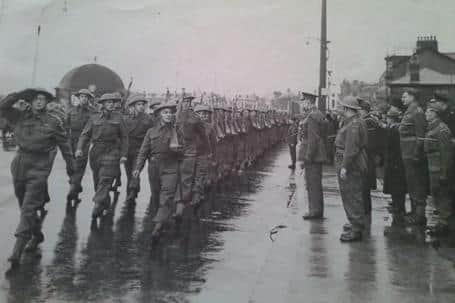

Advertisement
Hide AdAdvertisement
Hide AdAs there were so many villages associated with the 4th Battalion I thought it would be good to focus on the make up of one Platoon.
With thanks to Jim Holland, we have a picture of the Galgate Platoon of the 4th County of Lancaster Battalion, Home Guard c 1943. Their HQ building was where the Galgate Health centre is now.
We have managed to identify the majority of the men thanks to Alan and Ray Bindless.
Some notable men on the photo are: Mr Liptrot – a local builder - front centre with dog (Platoon Commander and later Captain); Mr Herbert Gardner on his right (a First World War veteran of the Royal Artillery and one of the Sergeants - his throat was destroyed by a shell fragment, and he spoke through a rubber tube).
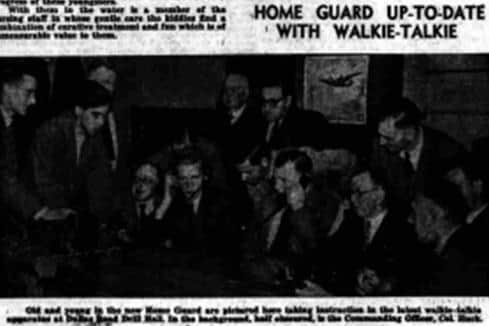

Advertisement
Hide AdAdvertisement
Hide AdBack row - next to the end man on the right is Bill Holland. Fifth from left on the back row, Richard Bindless.
Seated, second from left, Mr Haywood, baker at the “top shop” on Chapel Street.
Men came from all walks of life and included garage mechanics, farmers, gamekeepers, quarrymen, shopkeepers, stonemasons, crane drivers, dock workers and postal workers.
Several of these men have Great War service medal ribbons.
The centre of the middle row has some young “soon to be” soldiers who would serve all over the world - for example Alf Noble who joined the Pioneer Corps and John Moore who Joined the King’s Own and served all the way through the North African campaign and was later wounded in Italy.
Advertisement
Hide AdAdvertisement
Hide AdMajor John Welch of Hampson, a county councillor and a veteran officer of the Great War was the Company commander for Galgate and district, which would have comprised two or three local Platoons.
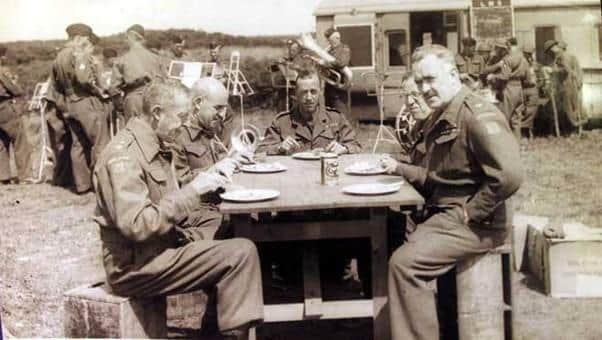

Like the City Battalion, the 4th was represented at the London stand down parade by three NCO’s and men.
A quick look now at women in the Home Guard.
Officially no women were enrolled in the Home Guard during the war.
It had not been the government’s intention that women should join the LDV and later the Home Guard, but local commanders certainly accepted women volunteers.
Advertisement
Hide AdAdvertisement
Hide AdTypically, these “unofficial” women acted in auxiliary capacities, as secretaries, drivers, and in catering roles, but some women did receive weapons training from Home Guard units.
Women continued to be attached to the force to provide support services through membership in the Women’s Voluntary Services.
Also, local units continued to recruit women in other capacities, for example, as drivers.
By late 1942, as many as 50,000 women were serving, entirely unofficially, with the Home Guard.
Advertisement
Hide AdAdvertisement
Hide AdThe formation of Women Home Guard Auxiliaries occurred in February 1943, the 4th County of Lancaster Battalion enrolling twenty-four women.
No uniforms were issued for these women who were clerks, but they received a plastic brooch with the initials ‘HG’.
The privately organised Women’s Home Defence Corps which claimed 30,000 members in April 1943, undertook rifle training, and often practised on shooting ranges with local Home Guard units.
Finally, it may surprise some people that the Home Guard was revived from 1952 to 1957.
Advertisement
Hide AdAdvertisement
Hide AdNot long after the Home Guard had been disbanded, suggestions began to be made that it be revived in the face of a new threat from the Soviet Union.
It was not until Winston Churchill again become Prime Minister and Minister of Defence in the general election of October 1951 that preparations to revive the Home Guard began in earnest.
The Home Guard Act 1951 received Royal Assent and enrolment started on April 2 1952.
The aim was to recruit 170,000 men in the first year, but by November 1952, only 23,288 had enrolled, with a further 20,623 men who had joined a ‘Reserve Roll’ (initially called the ‘Supernumerary Register’) for enrolment in an emergency.
Advertisement
Hide AdAdvertisement
Hide AdHowever, recruiting was slow, and hardly any former members of the King’s Own enlisted.
There was much criticism of the cost of the Home Guard, and accordingly, on December 20 1955, it was announced that there would be a ‘reorganisation on a reserve basis’.
The essence was all battalions would be reduced to a cadre basis by April 1 1956.
The Home Service Force, which was established in 1982, starting with four ‘pilot companies’
Advertisement
Hide AdAdvertisement
Hide AdRecruitment began in earnest in 1984 but was limited to those who had previously served in the armed forces or reserves.
Some 48 HSF units were formed, each hosted by an existing Territorial Army Battalion.
Their primary role was defence of vulnerable points.
The HSF proved far more popular and effective than first thought in contrast to the revived Home Guard.
After the end of the Cold War, disbandment of the force commenced in 1992 as a part of the ‘peace dividend’.
And with that we come to the end of my account of the Volunteer Home Defence forces in Lancaster for the time being.